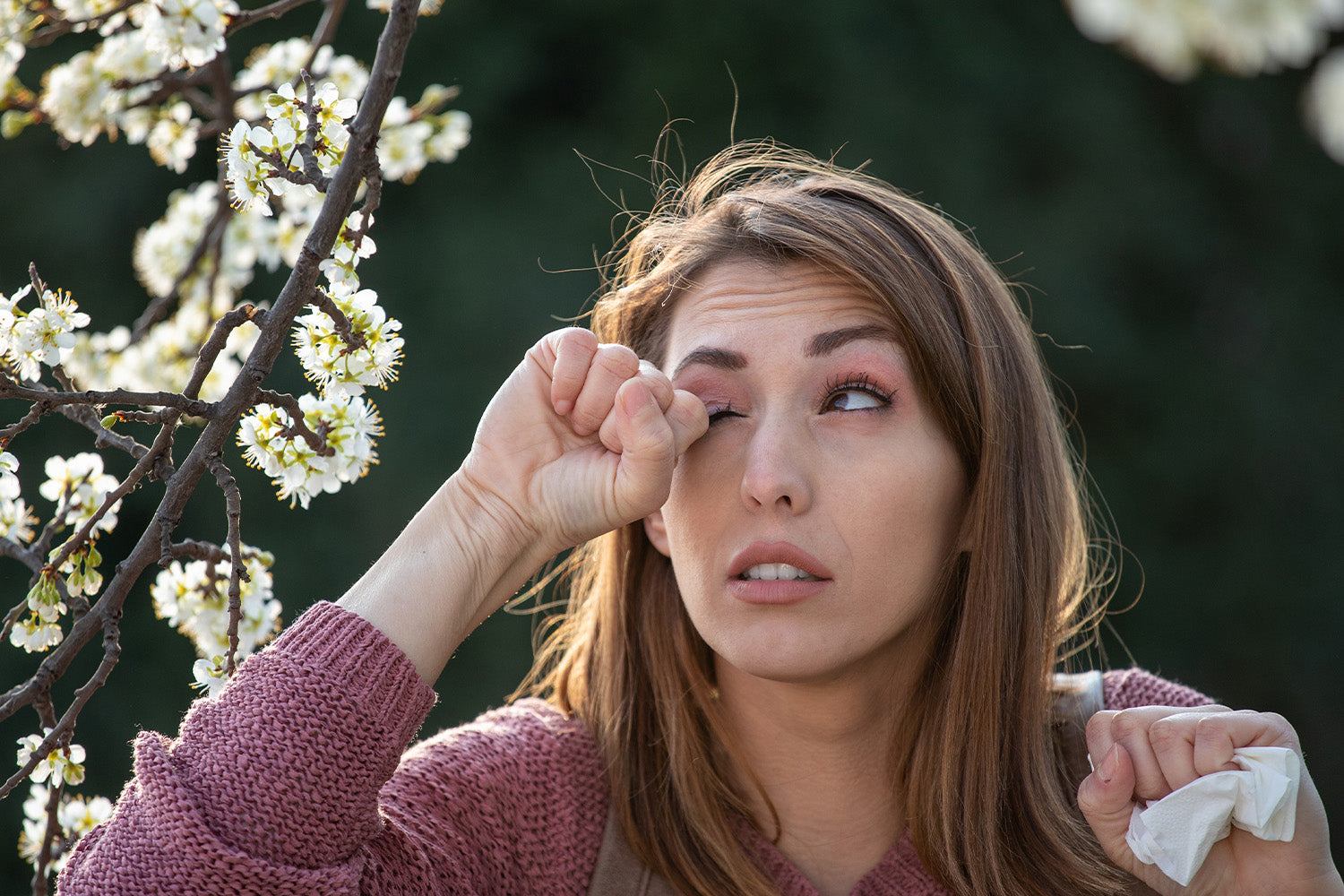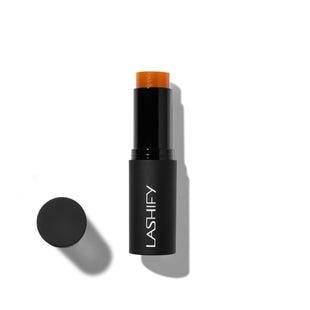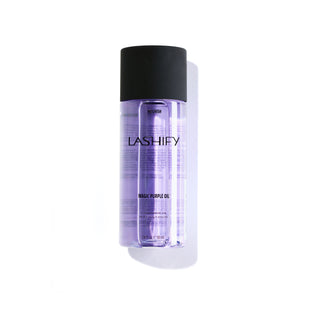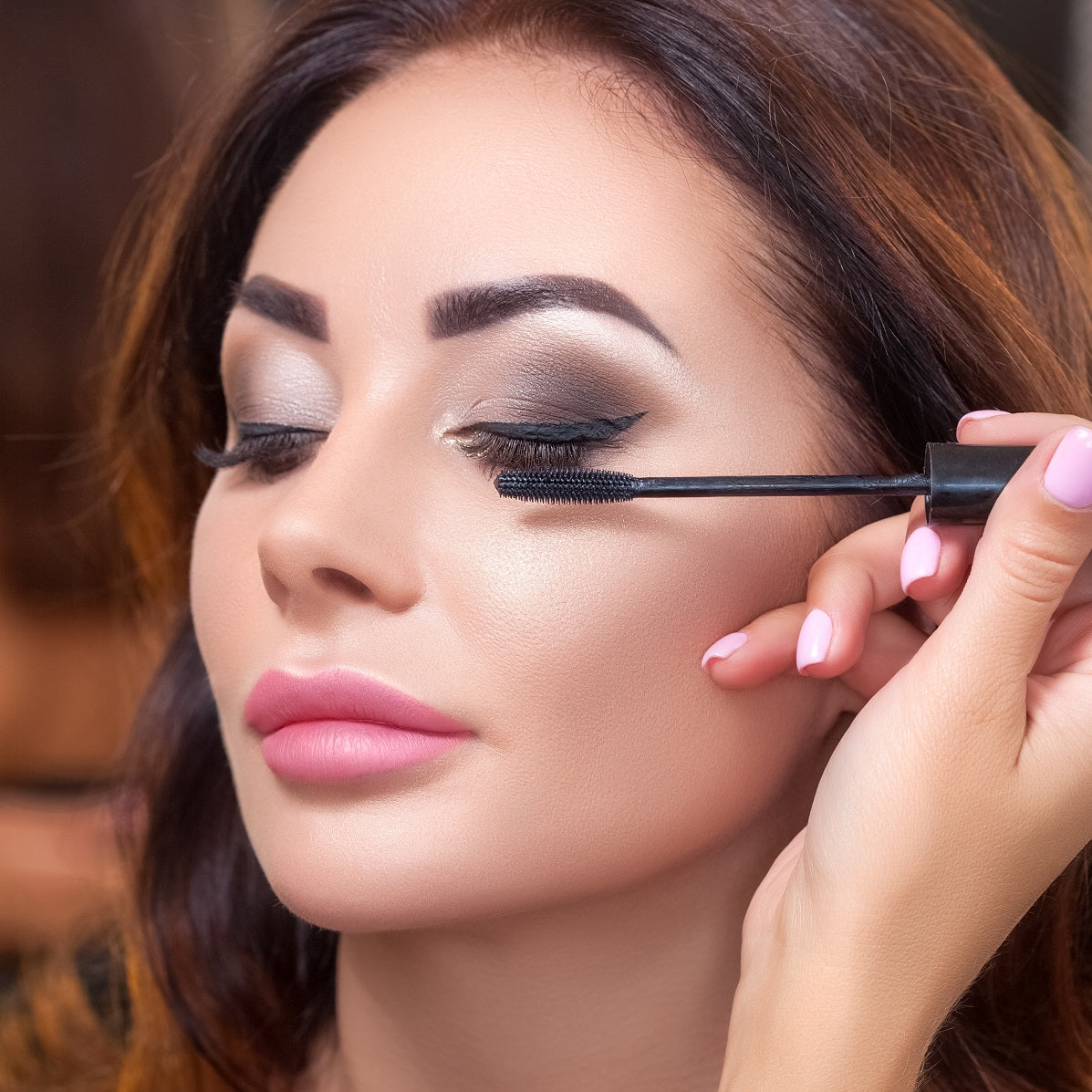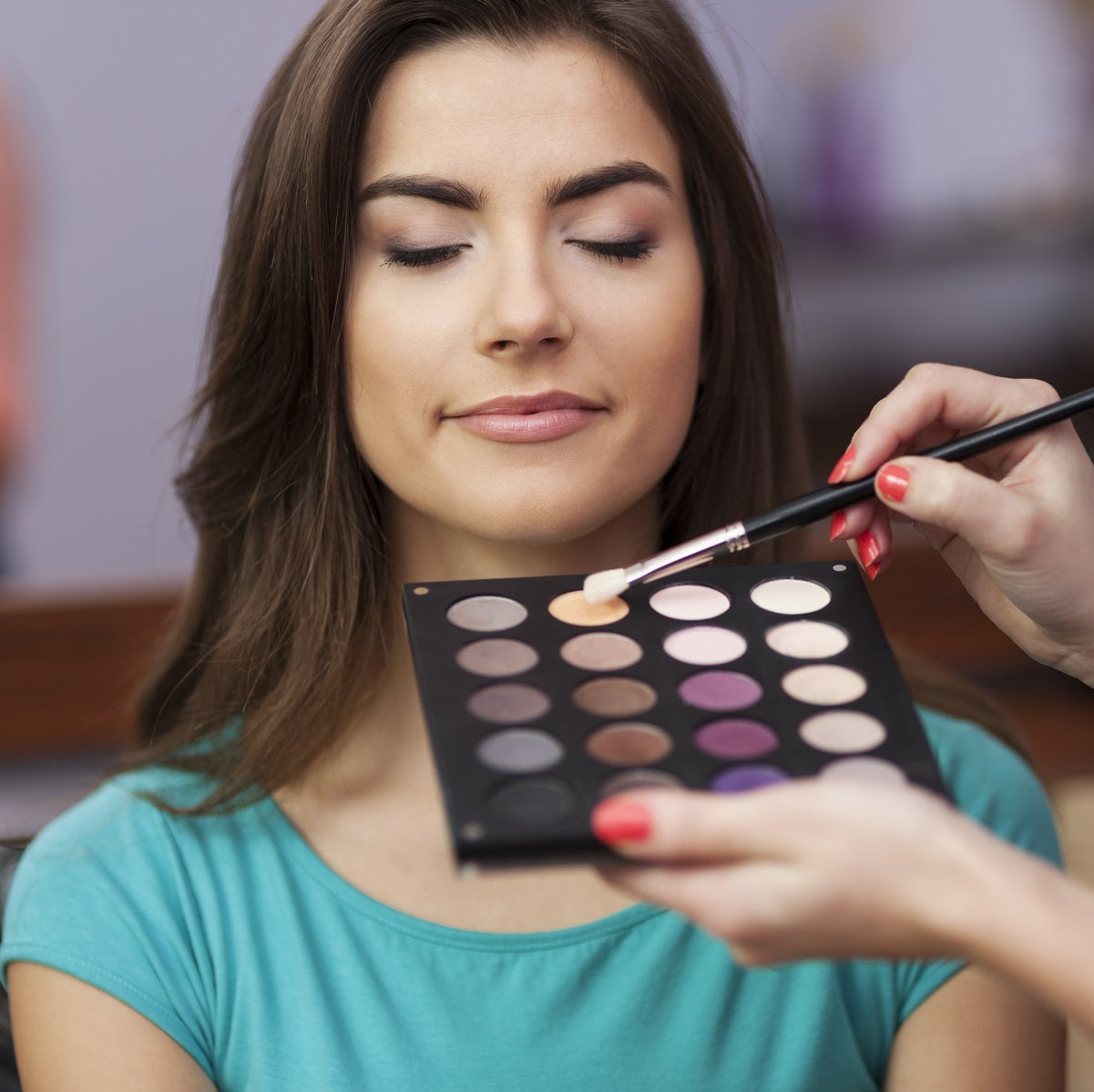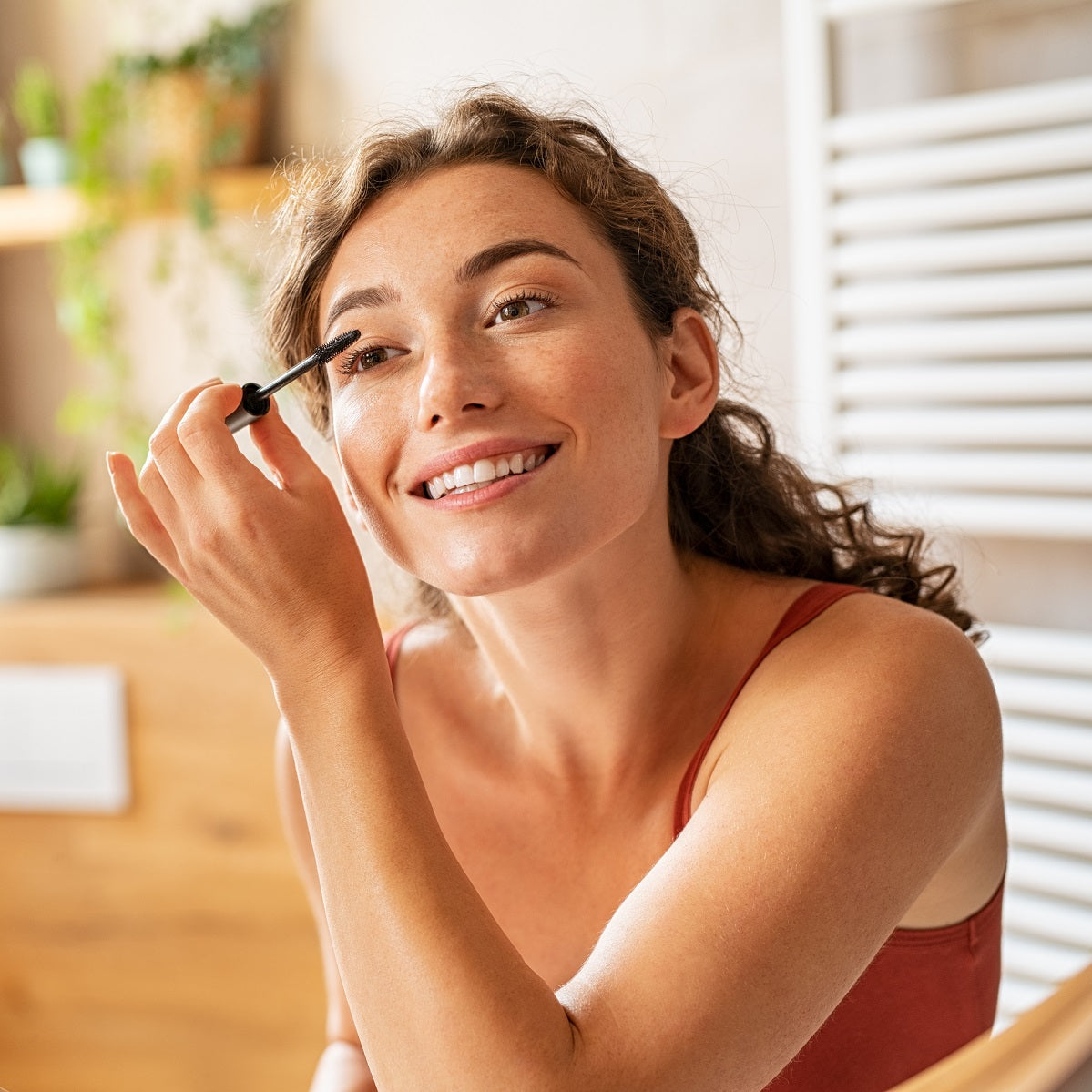You just got your eyelash extensions, and suddenly, they’re beginning to itch like crazy! Now, why the heck can that be?
You try to think of possible reasons the overwhelmingly itchy sensation could be happening — especially so soon after getting them done — but you can't come up with any viable conclusions. But you know one thing — it sure is annoying! So, how do you find out what exactly is going on?
Read on to understand more about the possible reasons behind that pesky itch and what you can do in the future to prevent itching after your next lash extension application.
Reasons Why Eyelash Extensions Itch
Eyelash extensions can enhance your natural beauty, but are eyelash extensions safe? Generally, they are, but certain factors can lead to discomfort. If all you wanted was luscious eyelashes, and now you’re stuck with an annoying itch. So, why are your eyelash extensions itchy? Let’s explore.
Exposure to Irritants
If lash adhesive gets too close to your eye, some irritation can occur.
Formaldehyde is a by-product of the lash adhesive curing process (for traditional eyelash extensions, at least). This irritation can lead to itchiness and mildly red eyes after eyelash extensions, but in most instances, it can go away within 24 hours.
To reduce your risk of exposure to formaldehyde fumes, you can ask your lash technician to use a low-fume adhesive and make sure the area is properly ventilated so that the formaldehyde fumes aren't too concentrated in the vicinity. (Or you could just choose Lashify® since we don’t use any of that toxic garbage.)
You may also be experiencing an allergic reaction to eyelash extensions that could lead to itchiness. This reaction will usually be to the extension adhesive that is being used, so make sure to ask your lash technician what ingredients are in the glue that could mess with your eyes. Opting for a hypoallergenic lash glue like our lash bonds and sealers may help reduce the risk of an allergic reaction.
If you are applying eyelash extensions yourself, Lashify®’s bonds are created without fumes, cyanoacrylates, or formaldehyde, so you won’t have to worry about all that. However, if you're allergic to eyelash glue, it's essential to choose products carefully.
Improper Lash Application
Wondering why eyelashes hurt after extensions? If a lash technician does a poor job of applying your lash extensions, irritation and itchiness can occur soon after your lash appointment.
A lash technician may make the mistake of applying too many eyelash fibers on each of your natural individual lashes, and the weight can lead to discomfort. Multiple lashes being glued to each other can result in pain and itching once your natural lashes begin to grow within a week. These could be signs of bad eyelash extensions.
Your lash technician could also apply lashes that are too big for your eye, and then the lashes poke the area around your eye, which is sensitive.
Last but definitely not least, if a lash technician somehow glues the eyelash extension to the skin on your eyelid, that’ll cause irritation without a doubt. The professional applying your eyelash extensions should make sure that they’re undergoing the proper procedure to ensure that your lash extensions not only look beautiful but also keep you comfortable.
Do your due diligence by researching your lash technician beforehand. Make sure they have their license and also vet them by checking out recent reviews.
Improper Placement (And How To Do It Right)
If you’re putting on lash extensions yourself (aka using Lashify), you’re safe from a lot of the above risks. However, there are a few things you’ll still want to watch out for.
If your Gossamer® is too close to your waterline, you’ll definitely feel it. In order to place your Gossamer on properly, use your Fuse Control® Wand to pick the Gossamer up, hold it all the way across and just at the tip, and then carefully place it just above your waterline (a good rule of thumb is 1-2 mm).
It’ll be easiest to apply your lashes if you start from the center of your eye. If you have our Control Kit, look down into the mirror inside of it, and use your Fuse Control® Wand to carefully place the Gossamer® onto your natural lash, approximately 1-2 millimeters away from the waterline. You’ll place it right onto where you already applied our Whisper Light Bond™.
After placing the Gossamer® onto that bond line, you’ll find that it just sticks right on — if it does, you know you’ve used the perfect amount of bond and have allowed the right amount of time for the bond to get tacky. If the lash isn’t sticking, no worries — just allow a little bit more time for the bond to get tacky before trying again.
Improper Shape
Since most eyelash extensions have a sharp base that is almost needle-like, this shape can sometimes lead to them poking and scratching your eyelid skin, especially when you are sleeping. An overwhelming amount of itchiness can make it difficult not to scratch or rub your eyes, and this can only cause more eye irritation and swelling.
It’s possible that you have the wrong lashes for your eye shape, too. The different eye shapes include:
- Almond eyes (the most common eye type)
- Hooded eyes (eyelids that do not have a crease)
- Round eyes (eyes that appear more open and alert)
- Downturned eyes (the outer corners of your eyes are lower than the inner corners)
- Upturned eyes (the outer corners are higher than the inner corners)
If you are wearing the wrong shape or size lashes for your eye shape, you might notice more prickling or poking than you would otherwise.
That’s why we recommend lash styles from our Plus+ Collection. These Gossamers are delicate and light, as they’re specifically designed for comfort and to protect the integrity of the natural lash.
Improper Aftercare
Failing to take proper care of your eyelash extensions after getting them done can lead to itching, irritation, or even dry eye. And even if that wasn’t a concern, you just put in time and money to get the perfect lashes — you want them to last as long as they possibly can!
It's important to distinguish between an eyelash extension allergy vs. irritation. An allergy might cause symptoms like swelling, redness, and severe itching, whereas irritation might result from improper application or exposure to irritants and typically presents as a mild discomfort.
Let’s chat about the best steps you can take to ensure your lashes last as long as you need them to — without irritating your sensitive eyes.
How To Properly Care for Your Eye Extensions
Avoid Getting Them Wet for 48 Hours
Try to avoid swimming or taking a shower for 48 hours after you get your extensions applied. Also, avoid washing your eyes. Otherwise, the water might loosen the bond.
Avoid Rubbing or Touching Your Extensions
Too much friction can cause your eyelash extensions to shift, tear, or break. You can also transfer natural oils from your hands to your extensions, which might make them less likely to stick around.
Avoid Oil-Based Products Around the Eyes
Face products that contain oil will break down the adhesive on your lash extensions. That goes for both eye makeup and skincare, so make sure you’re checking those ingredient lists.
Don’t Sleep on Your Face
If you sleep with your face directly on your pillow, you run the risk of smashing your extensions. Opt for sleeping on your back instead of your stomach or side (it’s hard, we know).
Clean Your Extensions With a Gentle Lash Cleanser Every Three Days
Washing your extensions on a regular basis post-application is vital to ensure longevity and reduce the risk of eye infection. However, you won’t want to use any old soap — look for a special eyelash extension cleanser to keep those lashes where you want them to be.
Alternatively, you can let the water run over your eyes in the shower, use distilled water, or run a clean and dry soft bristle brush through them.
The Bottom Line
After getting your lash extensions done, you want to look and feel good, so it sucks to have such a bothersome issue like itchy eyelids occur so soon after your appointment. However, it’s important to understand that some itching may be normal and can go away within a day or so.
Understanding the possible reasons behind itchiness can help you reduce that risk before future eyelash extension appointments as well.
If you’re experiencing itchiness for the first time after getting your extensions applied, try not to panic. After a day, you can simply wash your eye area with a gentle cleanser and clean your extensions by rinsing them gently in the shower.
Keep up proper maintenance of your extensions by cleaning them regularly and not sleeping with your face directly on your pillow. As tempting as it may be, don’t rub or touch your extensions, as this can exacerbate the problem.
If your eyelash extensions still continue to itch, remove them. You may also wish to consult a professional for advice to get to the root of the issue, especially if you suspect a lash extension allergy or are experiencing other allergy symptoms.
Sources:
- Eyelash extension allergic reactions: What to know | Medical News Today | Accessed on November 27, 2024.
- Eyelash Extension Styles: A Complete Guide | Byrdie | Accessed on November 27, 2024.
- Eyelash Extension Aftercare: How to Get the Most Out of Your Lashes | Healthline | Accessed on November 27, 2024.
